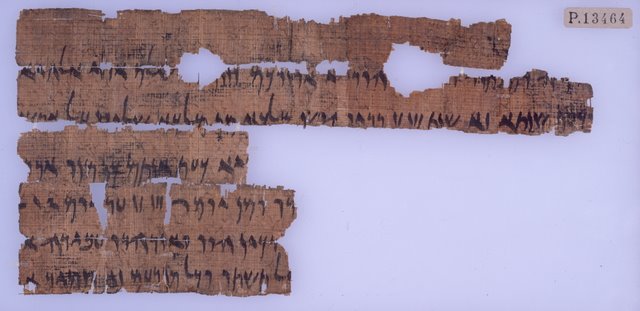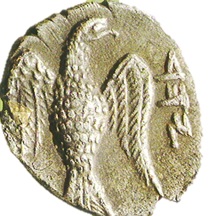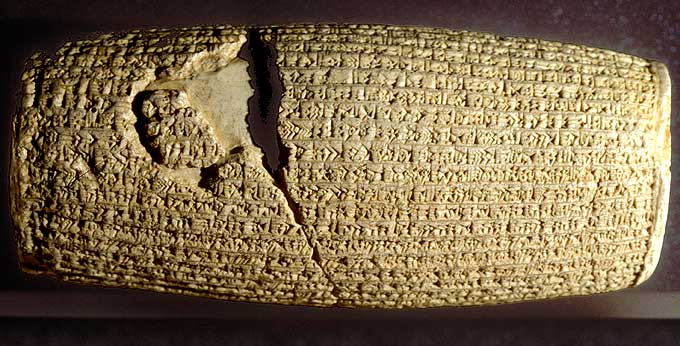Celebrating Passover in Jerusalem, April 15, 419 BCE
Instructions from Jerusalem for Celebrating Passover in 419 BCE in the Persian Controlled Province of Judea
In 419 BCE, a man named Hananyah, a Jew who was a representative of the Persian government, wrote a letter to Yedonyah bar Gemaryah, the leader of the Jewish community in Elephantine. Hananyah, having been sent on a mission from Darius II (423–404 BCE) traveled to Egypt by way of Judea and stopped in Jerusalem to receive the priestly regulations regarding the feast of Unleavened Bread.
External To my brothers Jedaniah and his colleagues the Jewish Troop,
address: your brother Hananiah, son of PN.
Instructions: And now, this year, year 5 of Darius (II) the king, from the king it has been sent to Arsames.
Now, you, thus count fourteen days of Nisan and on the 14th at twilight the Passover observe and from day 15 until day 21 of Nisan the Festival of Unleavened Bread observe. Seven days unleavened bread eat.
Restored translation from Porten, Bezalel, et al., The Elephantine Papyri in English, Society of Biblical Literature: 1996.
Egyptian Museum of Berlin
The Jewish community served as mercenaries for the Persians on the Island of Elephantine, then called Yeb, which is located near the Aswan Dam in Egypt. 175 documents dating to 5th Century BCE were found at Elephantine. One papyrus dates the Jewish presence in Elephantine:
“The temple of the God of heaven that was built at Fort Elephantine long ago, before the time of Cambyses [530-522 BCE], which ‘that criminal Vidranga’ razed in the fourteenth year of King Darius [410 BCE].”
Some historians have suggested that these Jews fled Judea at the time of the Babylonian destruction of the First Temple in 586 BCE.
The “Yehud” (Judea) coin from the Persian province of Judea discovered in Jerusalem, c. 4th Century BCE
City of David Excavations, Jerusalem
King Cyrus of Persia (559-530 BCE) allowed the Jews to return to Judea from Babylonia in 537 BCE.
“I Cyrus returned the [images of] the gods to the sacred centers . . . I gathered all their inhabitants and returned [to them] their dwellings.”
Cyrus Cylinder, British Museum






